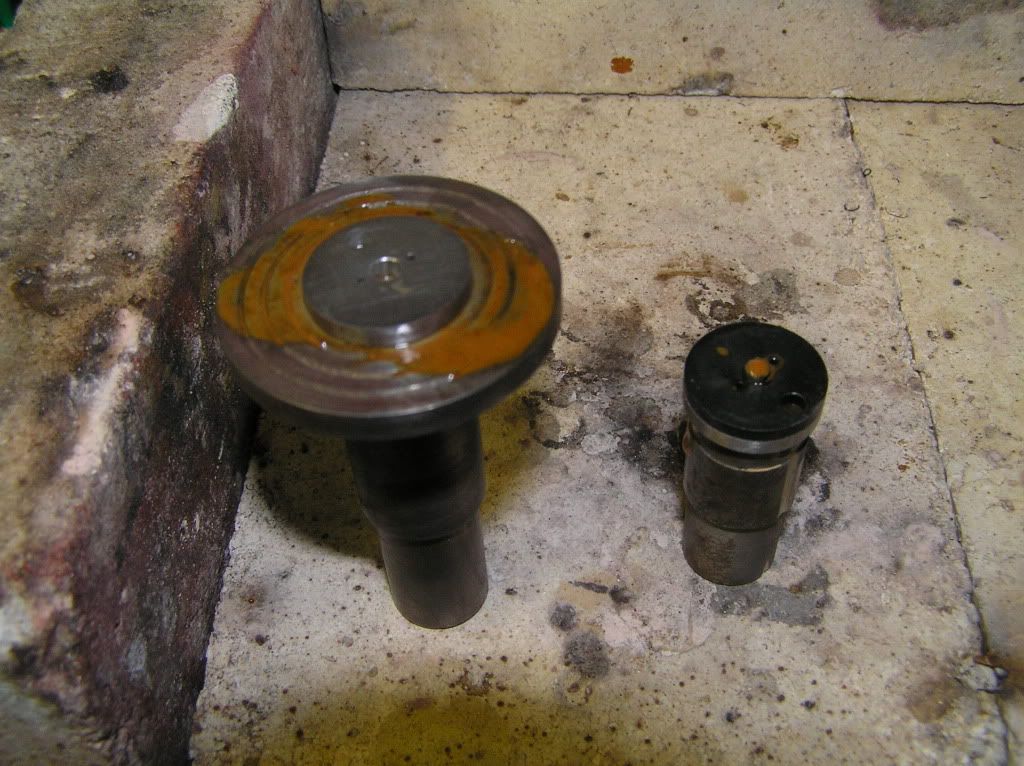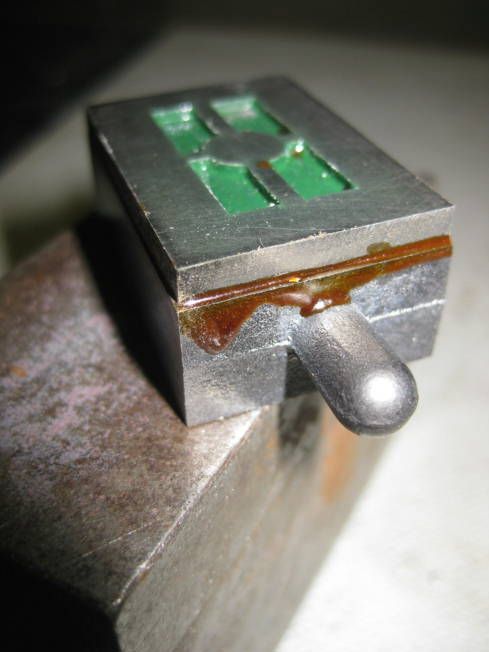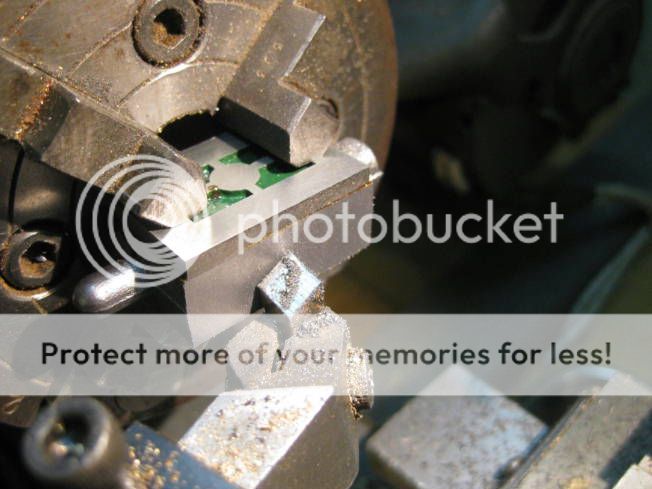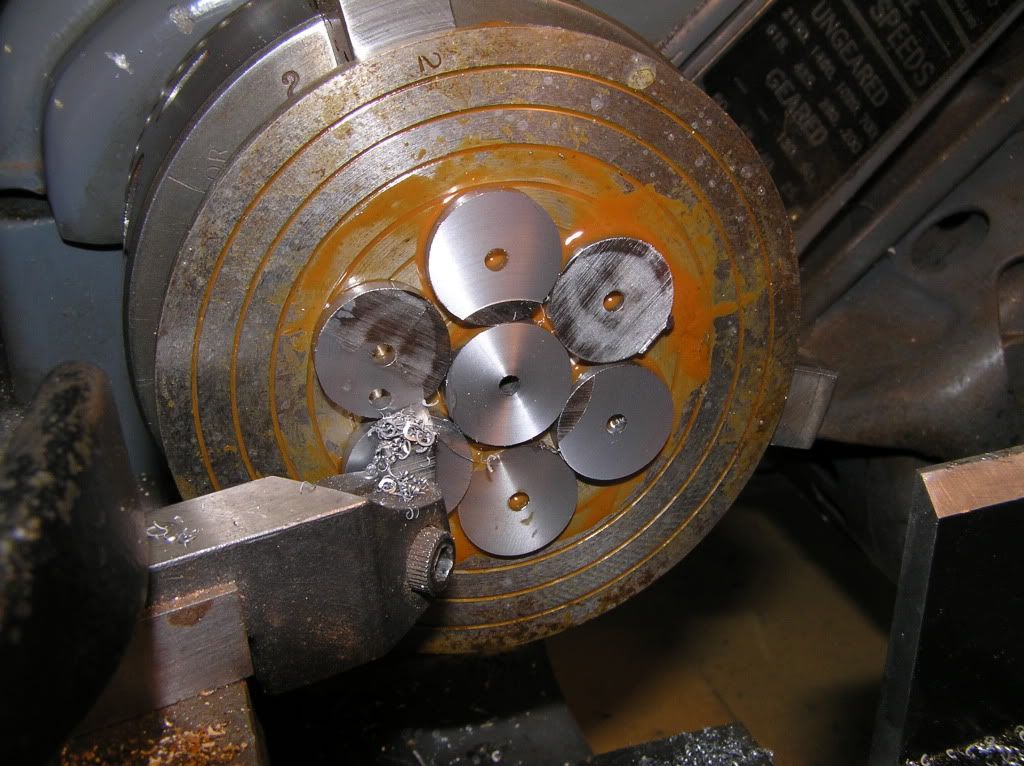Hi,
I'm intrigued by the shellac/wax. I hope to see more results & recipies. I'm curious about the specs of it vs. glues. Also after heating to remove, how to you get any remnants off? With alcohol or acetone type solvent
I was apprenticed in the Watch, Clock and Jewellery trade many years ago where the use of shellac was fairly common. In watches and clocks it was used in machining and holding jewels into pallets, in jewellery work in was used to mount stones. Shellac is dissolved in wood alcohol to make French polish, with dye added it is used to make engraving wax which is melted into engraving then smoothed flat.
What do I know about shellac? It is a natural resin secreted by the female Lac beetle which after collecting is then refined. It is available in various states of refinement the clearest is used to make lacquer. In its solid state it available in stick or flake form, the flake is used by cabinet makers as a filler and polish. It melts around 84C.
In machining it is melted on to some form of chuck the work piece is placed on it while it is still molten and the work piece heated until liquid shellac comes out of the joint between work piece and chuck. It is allowed to cool before machining. There are three ways of removing the work piece from the chuck, too deeper cut while machining, not desirable! The other two require heat, first by heating with a gas torch the reverse of gluing the work piece to the chuck or if the work piece is fragile boiling in water. To remove the shellac left on the work piece in is placed in some wood alcohol, here in the UK methylated spirits is mostly used.
Does shellac have any advantages over modern adhesives? Well both can separate due to vibration. There are possibly three advantages that shellac has, it doesn't stick fingers together, the work piece can be moved after fitting to the chuck, the work piece can be glued to and removed from mandrels. I cannot think of any real disadvantages other than fairly mild heat has to be used also the heating and cooling of the shellac takes time.

For multiple machining's where centring is required a removable spigot can be fitted to the chuck. The spigot can be offset for eccentric turning.
I hope this helps, any question please ask, there will be a late reply as I am away to the land of skirted men and strong water for a few weeks.
Regards Tony.
















![DreamPlan Home Design and Landscaping Software Free for Windows [PC Download]](https://m.media-amazon.com/images/I/51kvZH2dVLL._SL500_.jpg)
















